Janitors, SEIU, and National Custodial Workers Recognition Day
October 2nd is National Custodial Workers Appreciation Day, and it’s a good time to look back at the profession that served as the foundation for the Service Employees International Union, one of the largest partners of the Walter P. Reuther Library. Originally named the Building Service Employees International Union, the union first received its charter as the union for flat janitors in America. Though SEIU has dramatically evolved over the past century, custodial workers continue to serve as one of the largest units within the union. Below are photos from Foundation of the Union: Janitors and Custodians in SEIU, a curated collection of images from the SEIU photograph collections.
Chicago and New York served as the two hubs of organizing in the early decades of the BSEIU. SEIU Historical Records and SEIU Local 1 Records chronicle these initial decades when the two locales anchored the union.
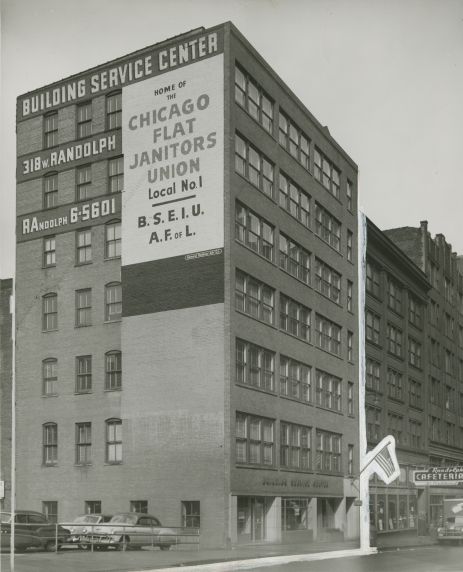
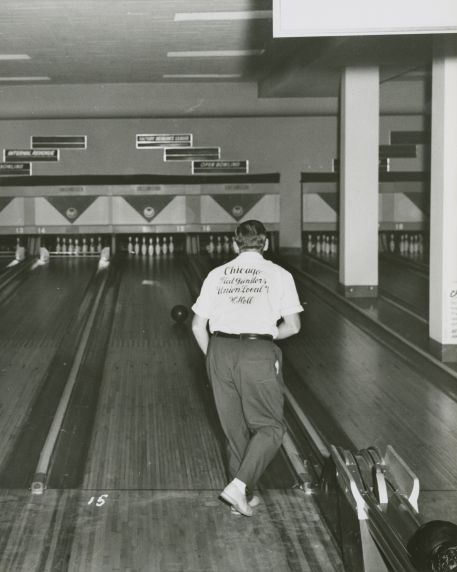
Over the years, SEIU found creative ways to combat the invisibility many janitorial workers feel in American society. The union fought to raise awareness of the critical work performed by custodial workers and fight for their workplace rights.
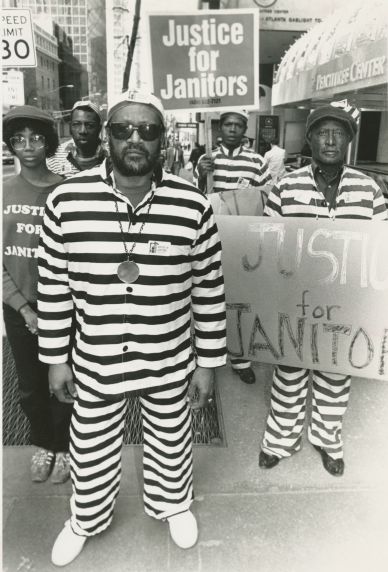
As SEIU expanded so did the influence of the custodial profession. By the sixties, SEIU had transformed janitors into a significant force within American politics, to the point that the top presidential candidates made it a priority to appeal to SEIU members. The story found within the records of SEIU Local 32 BJ, the largest American union of property service workers, illustrates this rise in prominence.
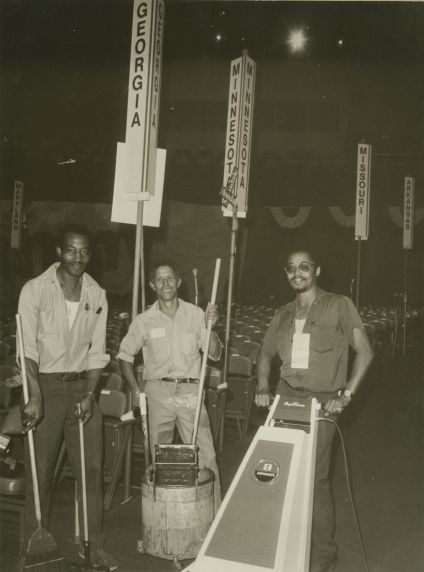
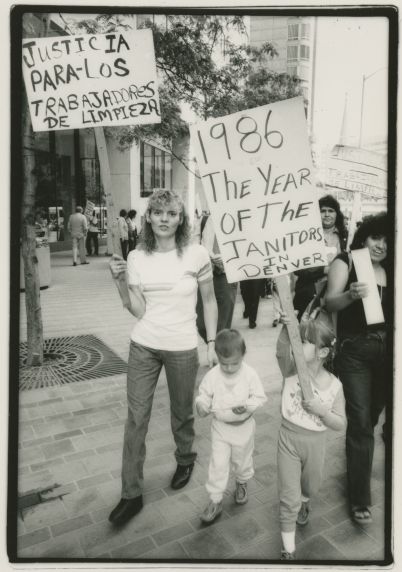
The story of janitors in SEIU would be incomplete without an exploration of the national Justice for Janitors (J4J) campaign that began in 1985. The campaign fought against low wages and workplace abuses affecting custodial workers in urban centers. By equating immigrant rights with workplace protections, J4J overcame immense obstacles to win new gains for janitors in many cities and breathed new life into the labor movement. John Sweeney presided over SEIU during these years, and his records at the Reuther Library the story of Justice for Janitors from a national perspective.
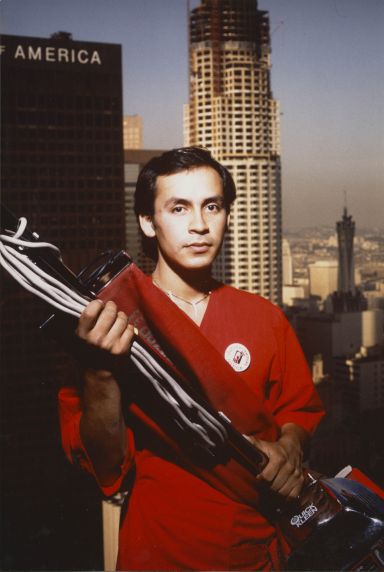
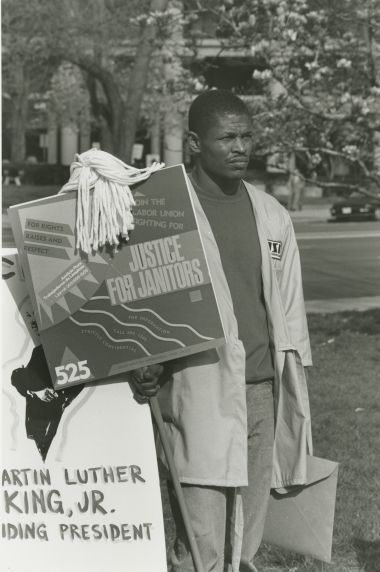
Gavin Strassel is the SEIU Archivist at the Walter P. Reuther Library

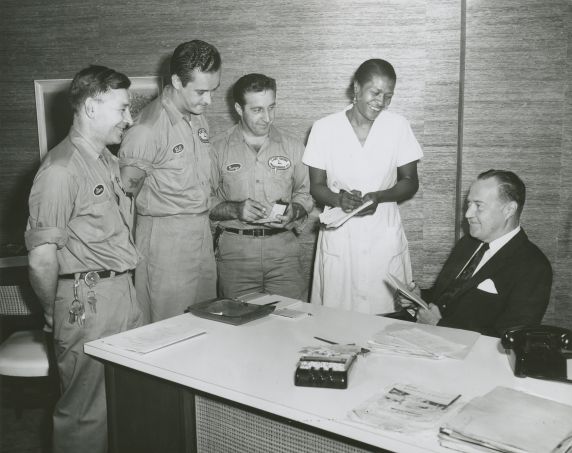
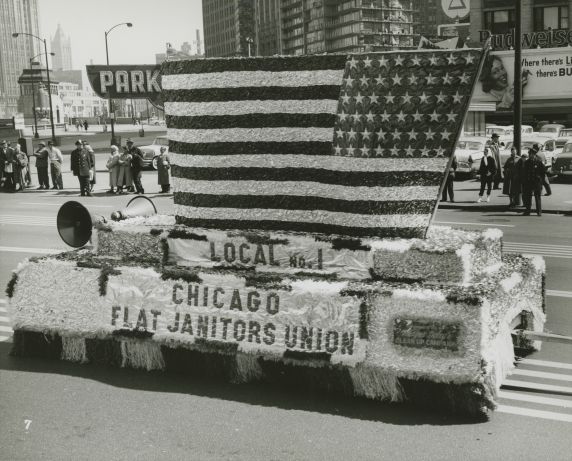
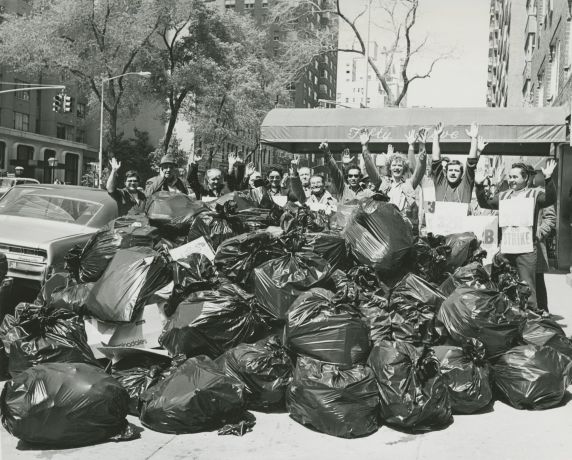
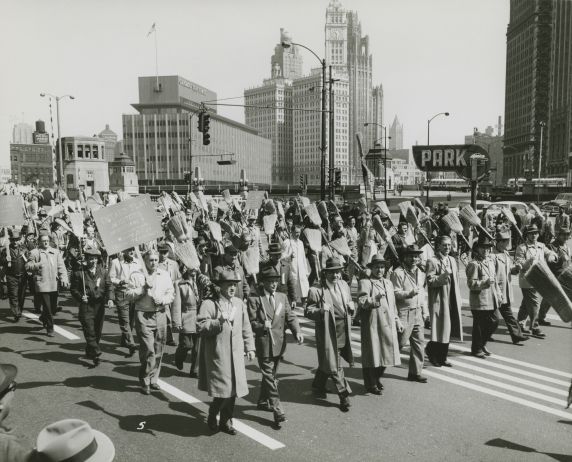
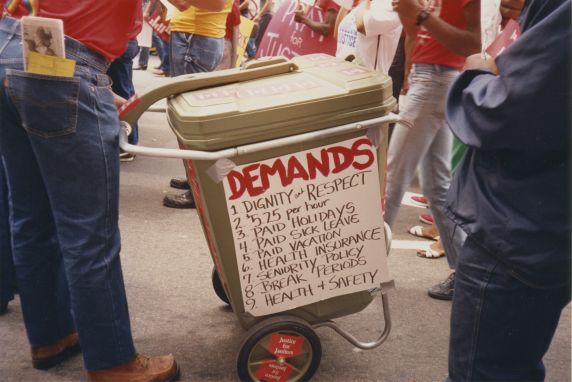
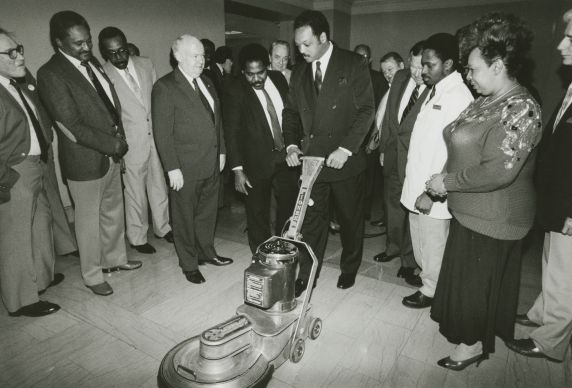
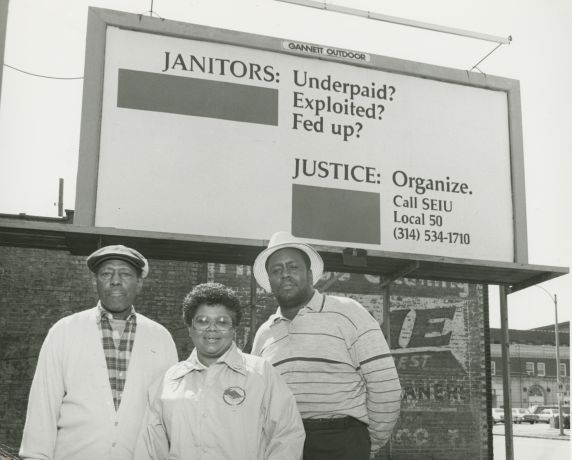
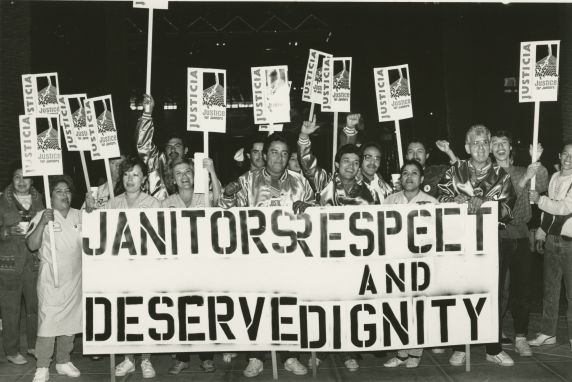
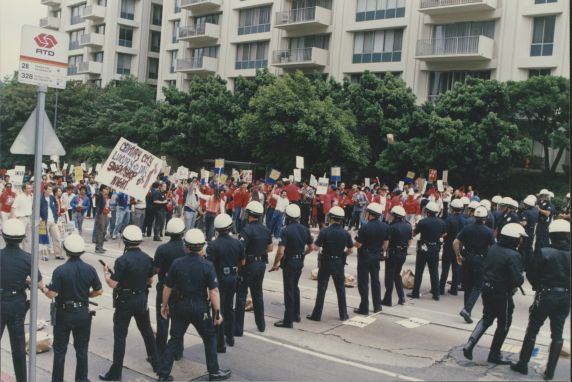
 Reddit
Reddit Facebook
Facebook LinkedIn
LinkedIn